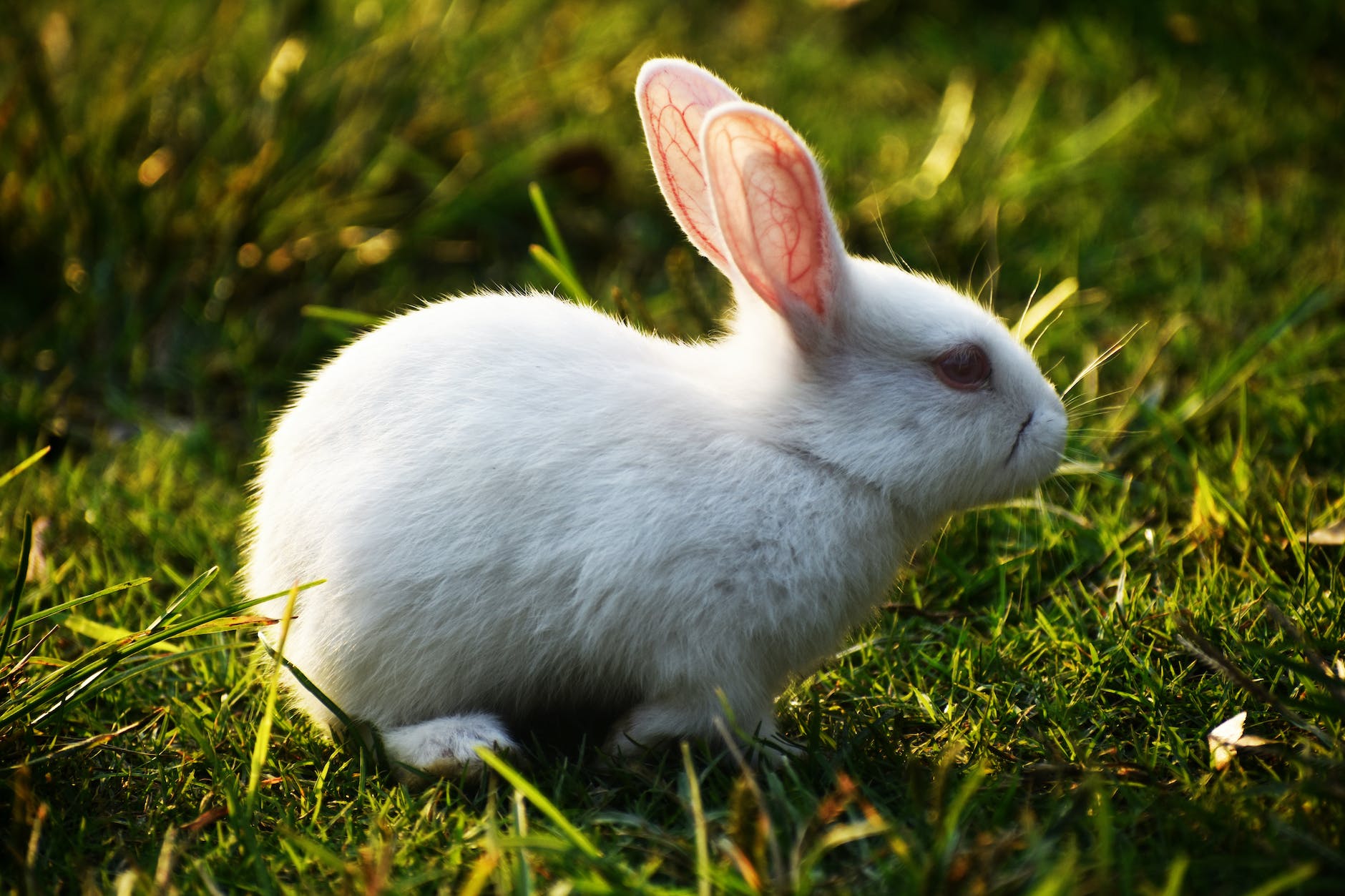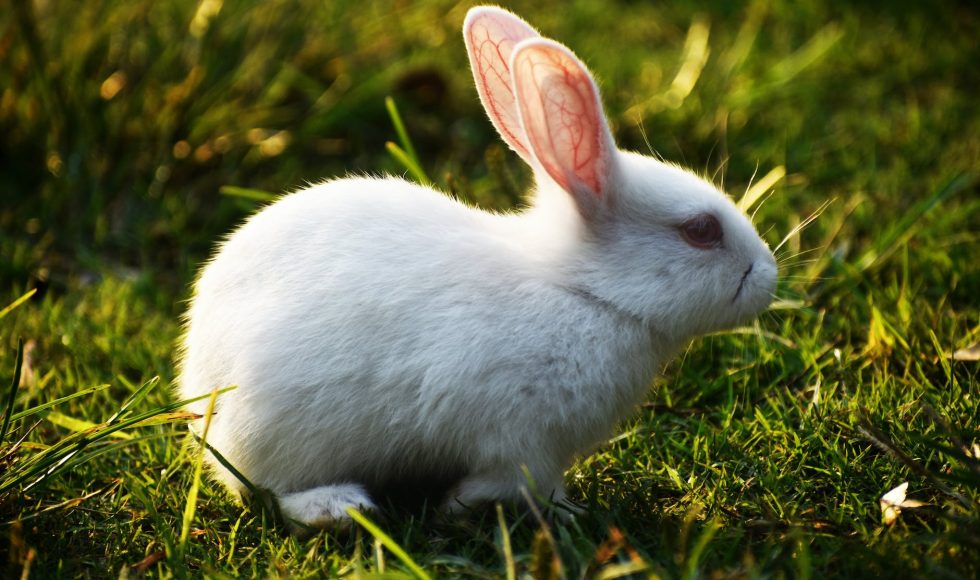This is the second time I watch Natalie Ring present at London Calling 2023. In this eleven minute recording, Ring spoke about the Zootails project. Ring is from The Roslin Institute in the UK, and the session was entitled “Zootails: implementing nanopore sequencing for veterinary diagnostics.” The goal is to develop rapid and affordable culture-free ways of identifying pathogens in veterinary samples. They use the Qiagen MagAttract HMW kit and metapolyzyme that is a mixture of enzymes to lyse bacteria. They do a post-extraction cleanup with the ProNEX beads. The process takes about 2.5 hours. Ring tested this procedure with ten common bacteria seen in urine and skin infections. The protocols are available in Protocols.io, so I will search for them. For sequencing, they use a MinION MK1C or GridION. They are currently using R9.4.1 and the Rapid Barcoding SQK RBK004 kit and will move to the version 14 kit. They are using the EXP WSH-004 XL kit for washes. They wash, store, and reuse the flow cell. Ring mentioned they have washes 8-9 times! WIth the GridION, they do Super Accurate Basecalling. They then use EPI2ME WiMP and the Antimicrobial Resistance workflows. Ring also uses a custom workflow with Kraken2 and a custom pathogens database, Flye+Medaka+Prokka, and ABRicate+AMRFinderPlus. Ring has processed dozens of samples to optimize the procedure. They have processed nine urine samples in real-time and compared results to the Veterinary Pathology Unit. Time to sequencing was five hours, and the time to answer was about 8 hours compared to the Veterinary Pathology Unit that took 48+ hours with culture-based approaches. In seven out of the nine samples the results matched. In two samples, they detected Mycoplasmopsis canis and Escherichia marmotae. Most antimicrobial genes were detected. The majority of the host DNA in skin swabs was dog DNA, and this hindered AMR prediction according to Ring. Twenty fold bacterial coverage seems to be necessary but this would require much more sequencing. They are considering host depletion with adaptive sampling. To test this, they did adaptive sampling with half of the flow cells and half not using adaptive sampling. I want to figure out how they did this! Host depletion is their main current focus. Ring also mentioned adapting this protocol for other sample types including blood, tissues… and hosts. They are also considering automating the analysis with EPI2ME Labs. Ring shared a Rabbit Ear Microbiomes project that sounds really fun! I wonder if we can do similar work with the Vet School here… I also read a little about Metapolyzyme and pretreatment with it.



